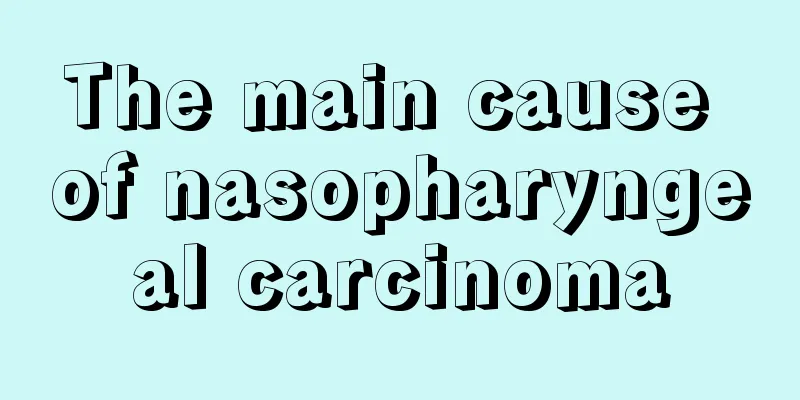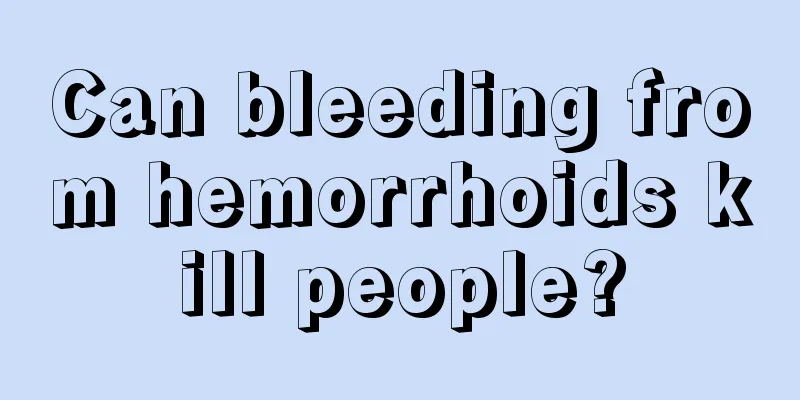Does a child’s hyperactivity indicate ADHD? How to identify ADHD

|
Many parents are often confused about whether their children's hyperactivity indicates ADHD, because there is a difference between children's hyperactivity and ADHD. Being naughty does not necessarily mean they have ADHD. The main manifestations are excessive activity, inability to calm down, frequent jumping around or disobedience to discipline, severe inattention, great difficulty in learning, and symptoms of decreased intelligence. In this case, it should be considered a manifestation of ADHD, and the child needs to be taken to the hospital for timely examination. To identify whether a child has ADHD, you should look at the following aspects: (1) Overactivity: The child is restless, hyperactive, and prone to crying and difficulty meeting demands. As they grow older, their activity level increases. They make more small movements in class, run around, jump around, talk a lot, fail to observe discipline, and ignore danger. (2) Inattention: This is manifested as not paying attention in class, the mind wandering, being easily attracted by things around, and being easily distracted by external interference. The handwriting is sloppy, the students procrastinate when doing homework, make frequent mistakes, and never finish what they start. (3) Impulsiveness and willfulness: Children with ADHD have volatile emotions and are easily agitated, angry, quarrelsome, and lack self-control. They behave childishly, love to play, skip school, fight, and even lie and steal, embarking on the road of crime. A few have personality and behavioral defects as adults. (4) Learning difficulties: Although most of them have normal intelligence, their academic performance is poor and fluctuates. It is sometimes good and sometimes bad. If they make progress, their performance will improve, but if they don’t make progress, their performance will decline. As they move into higher grades, their performance gradually declines, and some may even fail or repeat a grade. (5) Poor self-control: Children with this disorder are extremely emotionally unstable. When they are happy, they laugh, sing, and dance. When they are unhappy, they lose their temper and are prone to hurting others or themselves. They also refuse to obey the discipline of teachers and parents. (6) Abnormal behavior: Children with this disease often show clumsy movements, such as having difficulty buttoning, tying shoelaces, using scissors, etc., and they do not walk in a straight line. Some children cannot distinguish left from right, up from down, have spatial position disorders, and are prone to misreading or writing similar words. |
<<: How should asthma be treated? Combining Chinese and Western medicine has good effect
>>: How to solve the problem of low high-sensitivity thyroid-stimulating hormone?
Recommend
What's wrong with sunken eye sockets
Some people's eye sockets are deeper than oth...
Low-grade fever for one month
Many patients tend to have a continuous low-grade...
What is the reason for night cough? Here are 5 ways to treat cough
There are many reasons for night coughing. Since ...
What to do if breast cancer patients have joint pain after taking trometazoline tablets?
What should I do if I suffer from joint pain afte...
Are removable dentures good?
Once teeth are missing, it will have a great impa...
Can people with high blood pressure run?
As people's eating habits continue to change,...
What types of coarse grain beverages are there
Whole grains have always been a food ingredient m...
Why do the gaps between teeth and gums turn black?
Dental health is very important to us. Once there...
Things to keep in mind about prostate cancer
When we mention "cancer", we often feel...
Pus in the ear
The health of the ears has always been an issue t...
Why does the stool become thinner?
Soft stools are most likely caused by enteritis, ...
How to add astigmatism to myopia lenses
Everyone knows that when fitting glasses, doctors...
How to prevent colon cancer
In recent years, tumor diseases, led by colorecta...
TCM diagnosis method for osteosarcoma
Osteosarcoma mostly occurs in adolescents. It is ...
The efficacy and function of ice honey water
Many people in life like to drink honey water, be...









